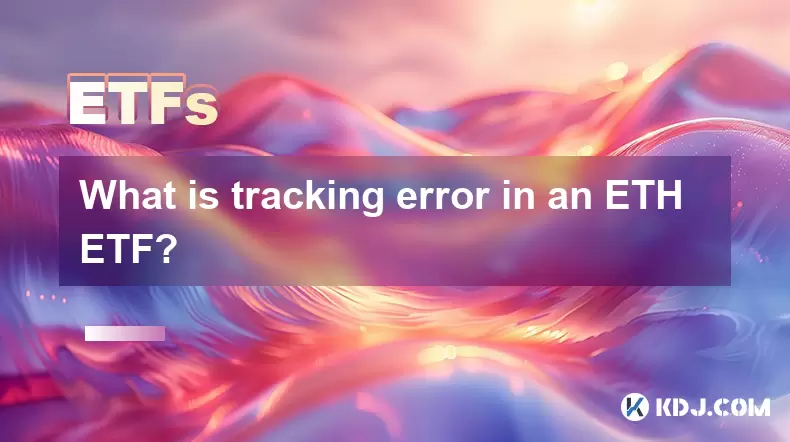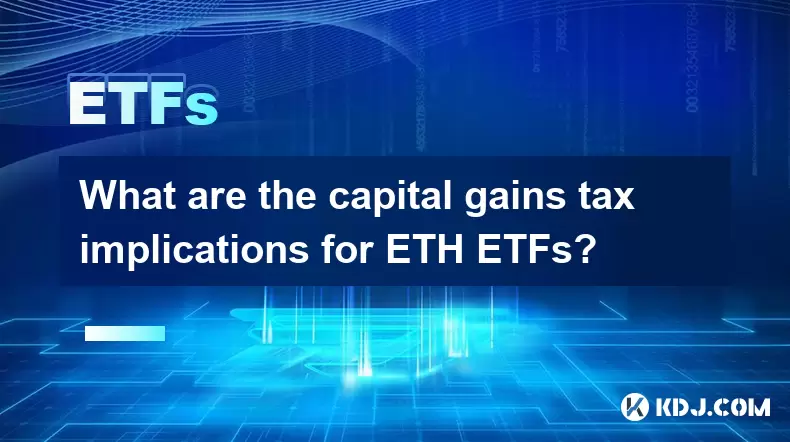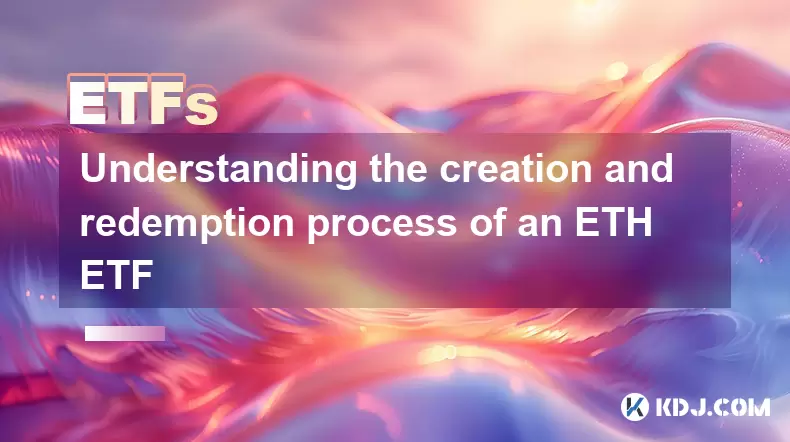-
 Bitcoin
Bitcoin $118100
-0.44% -
 Ethereum
Ethereum $3585
5.43% -
 XRP
XRP $3.434
5.65% -
 Tether USDt
Tether USDt $1.000
0.02% -
 BNB
BNB $743.8
3.89% -
 Solana
Solana $178.7
3.84% -
 USDC
USDC $1.000
0.03% -
 Dogecoin
Dogecoin $0.2381
12.81% -
 TRON
TRON $0.3270
3.62% -
 Cardano
Cardano $0.8315
4.93% -
 Hyperliquid
Hyperliquid $44.51
-4.42% -
 Stellar
Stellar $0.4710
1.52% -
 Sui
Sui $3.896
-2.51% -
 Chainlink
Chainlink $18.09
6.98% -
 Hedera
Hedera $0.2681
9.31% -
 Bitcoin Cash
Bitcoin Cash $516.7
4.83% -
 Avalanche
Avalanche $23.95
6.96% -
 Shiba Inu
Shiba Inu $0.00001490
5.67% -
 UNUS SED LEO
UNUS SED LEO $8.966
0.80% -
 Toncoin
Toncoin $3.294
4.39% -
 Litecoin
Litecoin $105.4
4.69% -
 Polkadot
Polkadot $4.356
5.30% -
 Uniswap
Uniswap $10.29
17.25% -
 Monero
Monero $327.9
-3.04% -
 Bitget Token
Bitget Token $4.942
4.33% -
 Ethena USDe
Ethena USDe $1.001
0.08% -
 Pepe
Pepe $0.00001348
2.17% -
 Dai
Dai $1.000
0.02% -
 Aave
Aave $320.8
0.58% -
 Bittensor
Bittensor $411.8
-4.07%
What is tracking error in an ETH ETF?
Tracking error in ETH ETFs measures how closely the fund follows Ethereum's price, with lower errors indicating better performance alignment.
Jul 18, 2025 at 03:49 pm

Understanding the Concept of Tracking Error in ETFs
Tracking error refers to the deviation between an ETF's performance and the performance of its underlying asset or index. In the context of an Ethereum (ETH) ETF, this deviation reflects how closely the ETF mirrors the price movements of ETH itself. Ideally, an ETH ETF should move in tandem with Ethereum's market price; however, due to various factors such as fees, liquidity issues, and operational inefficiencies, discrepancies can arise.
This divergence is often measured in percentage terms and is calculated by analyzing the standard deviation of the difference between the ETF’s returns and the benchmark (in this case, ETH). A low tracking error indicates that the fund is effectively replicating the performance of Ethereum, while a high tracking error suggests significant divergence.
Causes of Tracking Error in ETH ETFs
Several factors contribute to the presence of tracking errors in ETH ETFs:
- Management Fees and Operational Costs: These are regularly deducted from the fund’s assets and can cause a slight lag in performance compared to the actual ETH price.
- Rebalancing Delays: If the ETF uses a sampling method rather than full replication, there could be timing lags when rebalancing the portfolio to match changes in the benchmark.
- Market Volatility: The cryptocurrency market is known for its volatility. Rapid price swings in ETH may result in slippage during trading, especially if the ETF cannot execute trades quickly enough.
- Premiums or Discounts to Net Asset Value (NAV): In some cases, the market price of the ETF may trade at a premium or discount to its NAV, creating short-term deviations.
- Currency Conversion Costs: For ETFs denominated in fiat currencies other than the one used for ETH transactions, exchange rate fluctuations and conversion fees play a role.
Each of these elements contributes to the overall tracking error, which investors must monitor to assess the efficiency of the ETF in mirroring Ethereum’s price behavior.
How Tracking Error Is Measured in ETH ETFs
The calculation of tracking error involves statistical analysis over a defined period, typically using historical return data. Here's how it's done:
- First, calculate the daily returns of both the ETH ETF and the Ethereum spot price.
- Then, subtract the ETF's return from the benchmark return for each day to determine the daily tracking difference.
- Calculate the standard deviation of these differences across the time frame being analyzed (e.g., 30 days, 90 days, or annually).
- Finally, express this standard deviation as a percentage, which represents the annualized tracking error.
For example, if the standard deviation of daily differences is 0.2%, the annualized tracking error would be approximately 3.16% (0.2% × √252 trading days).
Investors use this metric to compare different ETH ETFs and evaluate their cost-effectiveness and accuracy in tracking Ethereum’s price.
Impact of Tracking Error on Investor Returns
While small tracking errors may seem negligible in the short term, they can accumulate over time and significantly affect long-term returns. Consider two ETH ETFs with similar exposure but differing tracking errors:
- ETF A has a tracking error of 0.8% per year
- ETF B has a tracking error of 2.5% per year
Over five years, the cumulative impact of tracking error becomes more pronounced, potentially leading to notable underperformance in ETF B relative to the actual ETH price movement. This discrepancy directly affects investor profitability, especially for those holding the ETF for extended periods.
Moreover, investors who engage in leveraged or inverse ETH ETFs may experience even greater amplification of tracking errors due to compounding effects and daily rebalancing requirements.
Minimizing Tracking Error in ETH ETFs
To reduce tracking error, ETF providers employ several strategies:
- Full Replication: Purchasing all components of the benchmark—in this case, directly holding ETH—minimizes tracking error because the ETF mirrors the asset precisely.
- Optimized Sampling Techniques: When full replication is impractical, ETFs may use a representative sample of the asset universe to approximate performance with minimal deviation.
- Low-Cost Structure: Reducing management fees and transaction costs helps keep the ETF’s performance closer to the benchmark.
- High Trading Frequency and Liquidity Management: Ensuring that the ETF can buy or sell ETH quickly without large price impacts reduces slippage and tracking deviations.
- Transparent Reporting: Regular disclosure of tracking error metrics allows investors to monitor and understand the fund’s performance relative to ETH.
By implementing these strategies, ETF issuers aim to provide products that closely track Ethereum’s price and offer reliable exposure to digital asset investors.
Frequently Asked Questions
Q1: Can tracking error be negative?
Yes, tracking error can technically be negative if the ETF outperforms the benchmark. However, in practice, it is usually reported as an absolute value since it measures deviation regardless of direction.
Q2: Is tracking error the same as tracking difference?
No. Tracking difference is the actual performance gap between the ETF and its benchmark, expressed in percentage terms. Tracking error measures the volatility or consistency of that difference over time.
Q3: Do actively managed crypto ETFs have higher tracking errors?
Typically, yes. Active strategies deviate from passive replication, increasing the likelihood of larger tracking errors due to manager decisions, transaction timing, and strategy shifts.
Q4: How often should investors review tracking error in an ETH ETF?
It is advisable to review tracking error periodically, such as quarterly or semi-annually, especially when comparing ETFs or assessing long-term investment suitability.
Disclaimer:info@kdj.com
The information provided is not trading advice. kdj.com does not assume any responsibility for any investments made based on the information provided in this article. Cryptocurrencies are highly volatile and it is highly recommended that you invest with caution after thorough research!
If you believe that the content used on this website infringes your copyright, please contact us immediately (info@kdj.com) and we will delete it promptly.
- Meme Coin Mania: BONK, FLOKI, and the Quest for Crypto Gold
- 2025-07-19 10:50:12
- Troller Cat Presale Surge: The Meme Coin That's Actually Good?
- 2025-07-19 10:50:12
- XRP Mining for Passive Income: Is It the Next Big Thing?
- 2025-07-19 10:30:12
- Neo Blockchain & ChainGPT: AI Revolutionizing Decentralized Applications
- 2025-07-19 10:35:13
- Altcoins, Ethereum, and SharpLink: A New Era in Crypto Investment?
- 2025-07-19 09:15:12
- Coin Shop Homicide: Guilty Verdict After Decade-Long Wait
- 2025-07-19 08:50:13
Related knowledge

How does the ETH ETF affect Ethereum's network security?
Jul 17,2025 at 01:29pm
Understanding the ETH ETF ConceptAn Ethereum Exchange-Traded Fund (ETH ETF) is a financial product that allows investors to gain exposure to Ethereum ...

What are the capital gains tax implications for ETH ETFs?
Jul 18,2025 at 08:00am
Understanding Capital Gains Tax in Cryptocurrency InvestmentsCapital gains tax is a tax imposed on the profit realized from the sale of an asset that ...

Understanding the creation and redemption process of an ETH ETF
Jul 19,2025 at 07:36am
What is an ETH ETF?An ETH ETF (Ethereum Exchange-Traded Fund) is a financial product designed to track the price of Ethereum without requiring investo...

Will the ETH ETF trade 24/7 like crypto?
Jul 18,2025 at 10:00am
Understanding the ETH ETF and Its Trading HoursThe Ethereum Exchange-Traded Fund (ETH ETF) is a financial product that allows investors to gain exposu...

How to short an Ethereum ETF.
Jul 17,2025 at 05:43pm
Understanding the Concept of Shorting an Ethereum ETFShorting an Ethereum ETF involves betting against the price of Ethereum through a specific exchan...

What is the impact of ETH ETFs on DeFi?
Jul 17,2025 at 11:07pm
Understanding ETH ETFs and Their Role in the Cryptocurrency MarketAn ETH ETF (Ethereum Exchange-Traded Fund) is a financial product that tracks the pr...

How does the ETH ETF affect Ethereum's network security?
Jul 17,2025 at 01:29pm
Understanding the ETH ETF ConceptAn Ethereum Exchange-Traded Fund (ETH ETF) is a financial product that allows investors to gain exposure to Ethereum ...

What are the capital gains tax implications for ETH ETFs?
Jul 18,2025 at 08:00am
Understanding Capital Gains Tax in Cryptocurrency InvestmentsCapital gains tax is a tax imposed on the profit realized from the sale of an asset that ...

Understanding the creation and redemption process of an ETH ETF
Jul 19,2025 at 07:36am
What is an ETH ETF?An ETH ETF (Ethereum Exchange-Traded Fund) is a financial product designed to track the price of Ethereum without requiring investo...

Will the ETH ETF trade 24/7 like crypto?
Jul 18,2025 at 10:00am
Understanding the ETH ETF and Its Trading HoursThe Ethereum Exchange-Traded Fund (ETH ETF) is a financial product that allows investors to gain exposu...

How to short an Ethereum ETF.
Jul 17,2025 at 05:43pm
Understanding the Concept of Shorting an Ethereum ETFShorting an Ethereum ETF involves betting against the price of Ethereum through a specific exchan...

What is the impact of ETH ETFs on DeFi?
Jul 17,2025 at 11:07pm
Understanding ETH ETFs and Their Role in the Cryptocurrency MarketAn ETH ETF (Ethereum Exchange-Traded Fund) is a financial product that tracks the pr...
See all articles

























































































